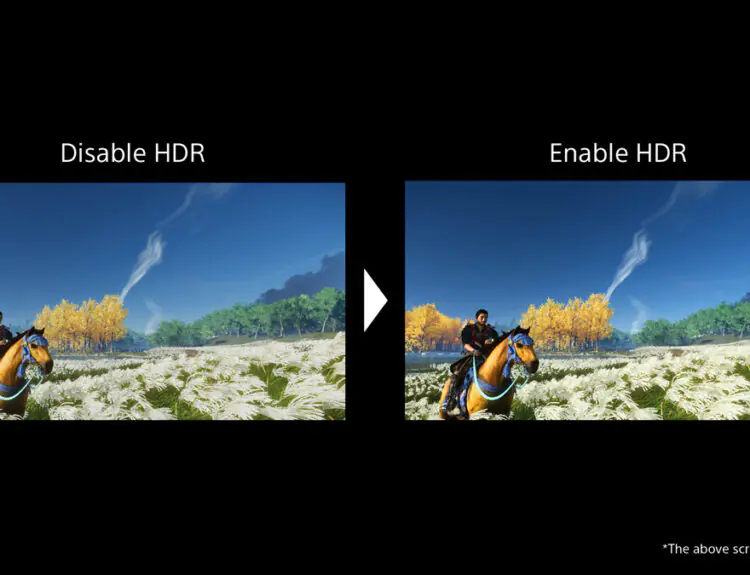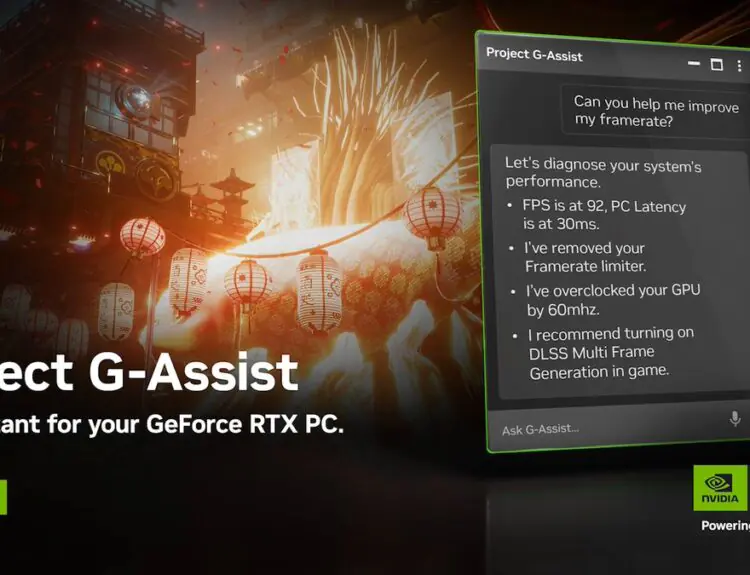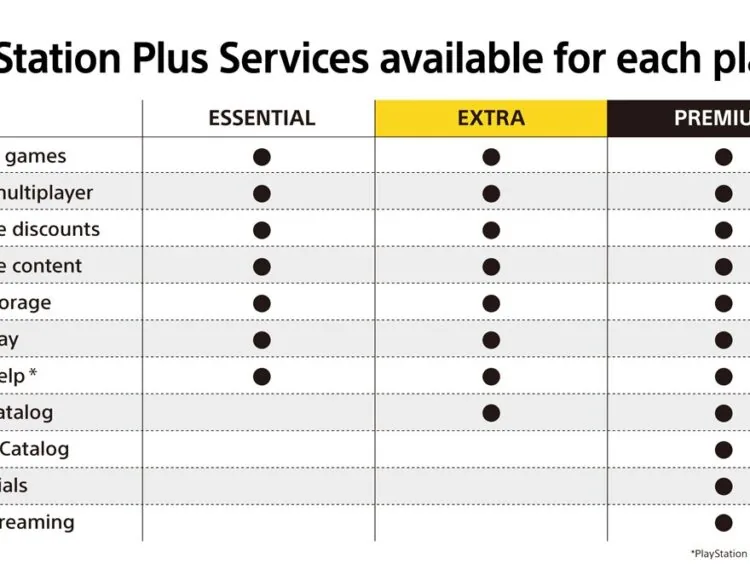The number of G-sync compatible monitors continues to expand. Nvidia revealed that these monitors include Asus, Acer, Gigabyte and a host of others.
These displays will be receiving automatic support via the latest GeForce driver to be released on Tuesday. It is unclear, however, what other bug fixes this update is capable of doing aside from making monitors game ready.
What is sure from the GPU manufacturer is that the number of G-sync compatible monitors will grow to seven. Among the certified models are the Acer XF270H Bpmiiprx, Acer XF240H Bmjdpr, Acer KG271 Bbmiipx, and AOpen 27HC1R Pbidpx. The Gigabyte Aorus AD27QD and LG 27GK750F (AUSUMPM/BKRUMPN) were part of the list.
The inclusion of these models translates to a 41 percent rise in the number of G-sync compatible monitors. But for some, this figure may not be that impressive because the increase isn’t really exponential.
Nevertheless, the list of displays has more than doubled since Nvidia dispatched a driver update last March, according to PC Gamer.
Taking into account the upcoming G-sync compatible monitors that will soon be added, their number will reach 24. Acer and Asus are among the brands which have the most number of displays on the list. On the other hand, Benq and AOC are among the brands that also made it to the list with two displays each.
It is worth noting that AOC produces some of the best G-sync compatible monitors in the market today. This compatibility perfectly ties up with the Nvidia’s G-sync program which provides support to adaptive/FreeSync displays. So far, the company has not disclosed its testing criterial, but there are indications that they are rigid.
In a recent press conference, Jensen Huang, Nvidia CEO, dislosed the company had carried out testing on 400 adaptive sync monitors.
Out of this number, he said 12 were able to pass their standards. Huang said Nvidia intends to test Async monitors across the globe and certify those models that have cut.
Moreover, Huang said the company will be working on optimizing the software for these displays. He said it is Nvidia’s goal is to satisfy the needs of their GeForce customers.
More importantly, the company wants its clients to have the best gaming experience using G-sync compatible monitors. The company is certainly staying true to its promise.
With this G-sync certification process, Nvidia is now making its GeForce graphics cards compatible with AMD FreeSync displays.
This is a positive development after the company had earlier restricted its adaptive sync support to its very own G-sync technology. Now, users can manually set their GeForce graphics cards to work with FreeSync monitors, reported PC World seamlessly.







